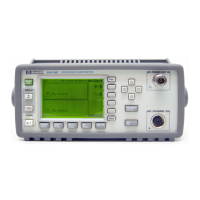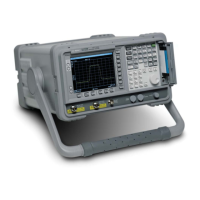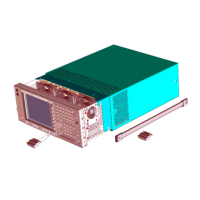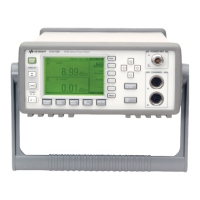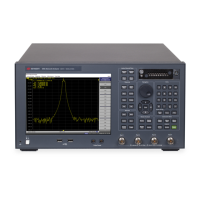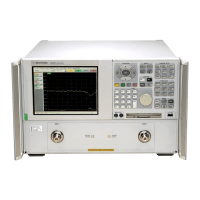182 Appendix C
COM Object Reference
SCPI.CALCulate(Ch).SELected.TRANsform.TIME.STEP.RTIMe
SCPI.CALCulate(Ch).SELected.TRANsform.TIME.STEP.R
TIMe
Object type Property
Syntax SCPI.CALCulate(Ch).SELected.TRANsform.TIME.STEP.RTIMe = Va lu e
Val ue = SCPI.CALCulate(Ch).SELected.TRANsform.TIME.STEP.RTIMe
Description For the active trace of channels 1 to 4 (Ch), sets the shape of the Kayser Bessel window
using the rise time of step signal used for the transformation function of the fault location
function.
Variable
For information on the variable (Ch), see Table C-2, “Variable (Ch),” on page 159.
Examples Dim RTime As Double
SCPI.CALCulate(1).PARameter(1).SELect
SCPI.CALCulate(1).SELected.TRANsform.TIME.STEP.RTIMe = 1E-10
RTime = SCPI.CALCulate(1).SELected.TRANsform.TIME.STEP.RTIMe
Related objects SCPI.CALCulate(Ch).SELected.TRANsform.TIME. IMPulse.WIDTh on page 175
SCPI.CALCulate(Ch).SELected.TRANsform.TIME. KBESsel on page 176
SCPI.CALCulate(Ch).SELected.TRANsform.TIME.STATe on page 181
Equivalent key [Analysis] - Fault Location - Step Rise
Value
Description The rise time of step signal
Data type Double precision floating point type (Double)
Range Varies depending on the frequency span.
Preset value Varies depending on the frequency span.
Unit s (second)
Note If the specified variable is out of the allowable setup range, the minimum value (if the lower
limit of the range is not reached) or the maximum value (if the upper limit of the range is
exceeded) is set.
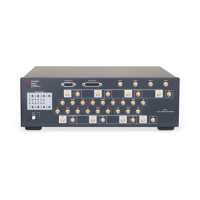
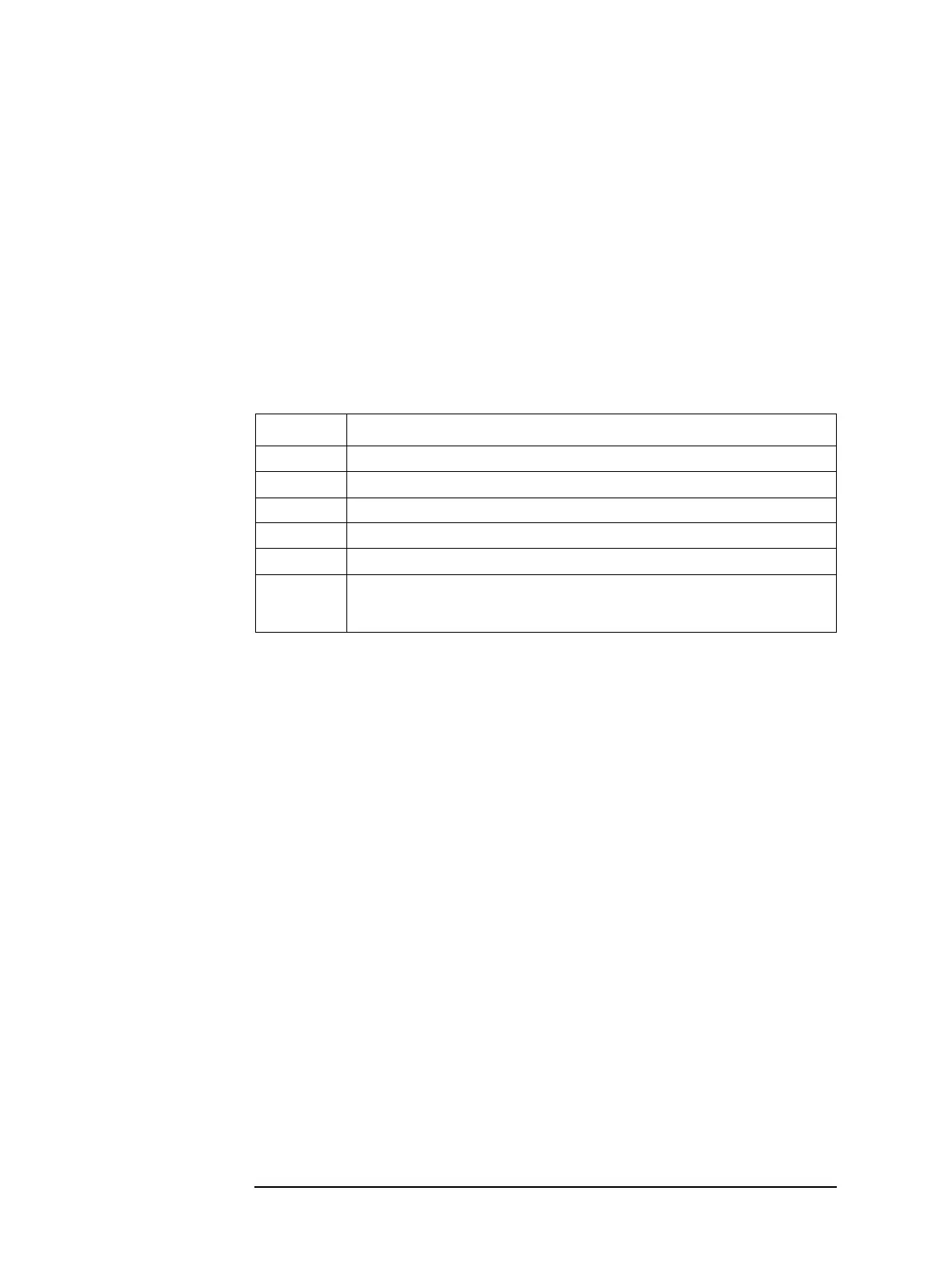